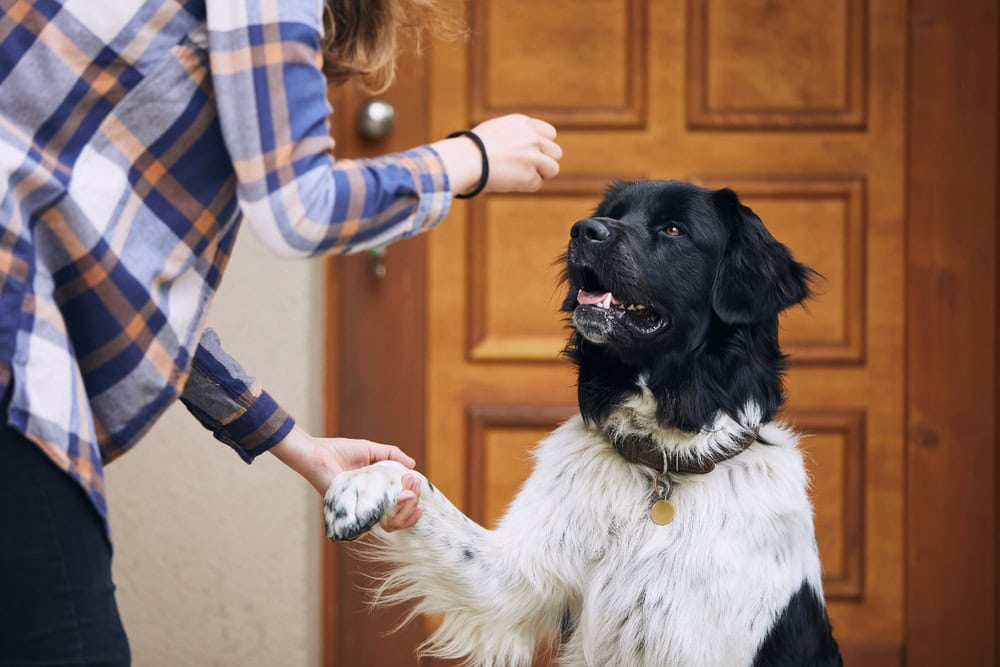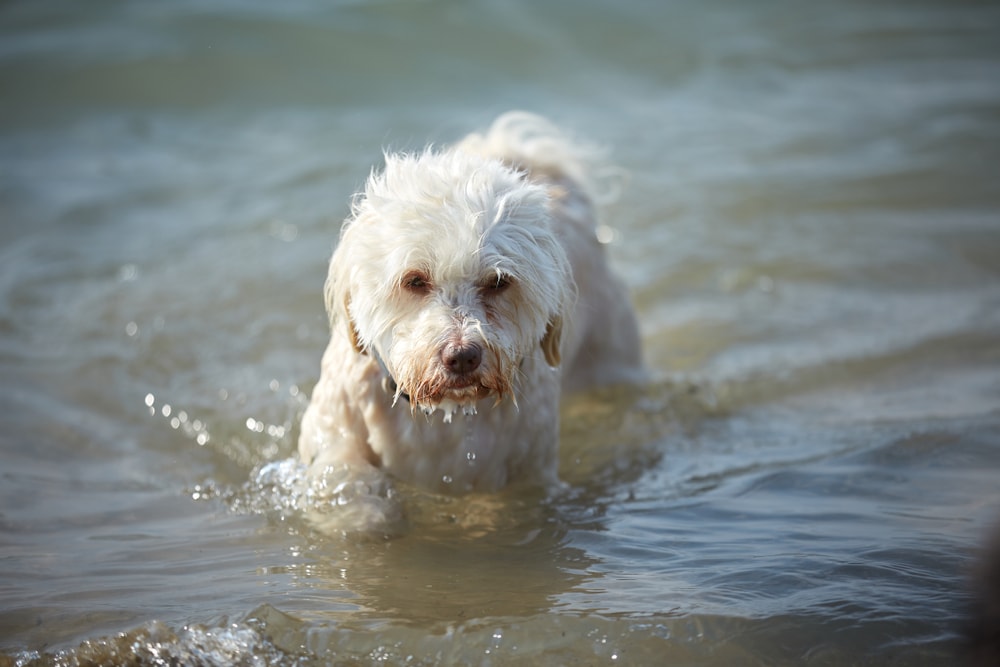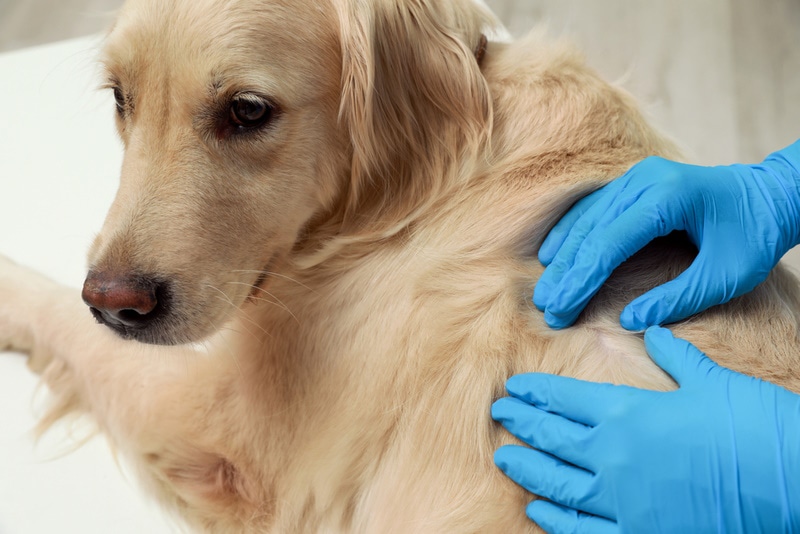How Long Do Pomeranians Live? Average Lifespan, Data & Care

Updated on

Click to Skip Ahead
The American Kennel Club first recognized Pomeranians as a breed in 1888.1 Over the years, these pocket-sized pups have become one of the most popular dog breeds in the country. Not only do they have immense visual appeal, but they’re also loving and energetic dogs that make excellent house pets.
But how long do Pomeranians live?
Small dogs mature faster and live longer than big ones. Pomeranians can live between 12 and 16 years, with some living up to 20 years. Keep reading to learn more about these pint-sized pups and their lifespans.
What’s the Average Lifespan of a Pomeranian?
As mentioned earlier, the average lifespan of a Pomeranian is between 12 and 16 years. This is not bad, considering the average dog lifespan is between 10 and 13 years.2 That said, smaller dogs usually have a longer lifespan than their larger counterparts. The disparity is mainly because health complications are harder to manage and treat in larger dogs.
It’s worth noting that not all Pomeranians will live for up to 16 years. Several factors come into play to determine your Pomeranian’s lifespan. Some of them include the following:
- Genetics
- Quality of care
- Diet
- Overall health
How your care for your furry friend is crucial to determining how long it’ll live. Take good care of your pup, and watch the years go by.
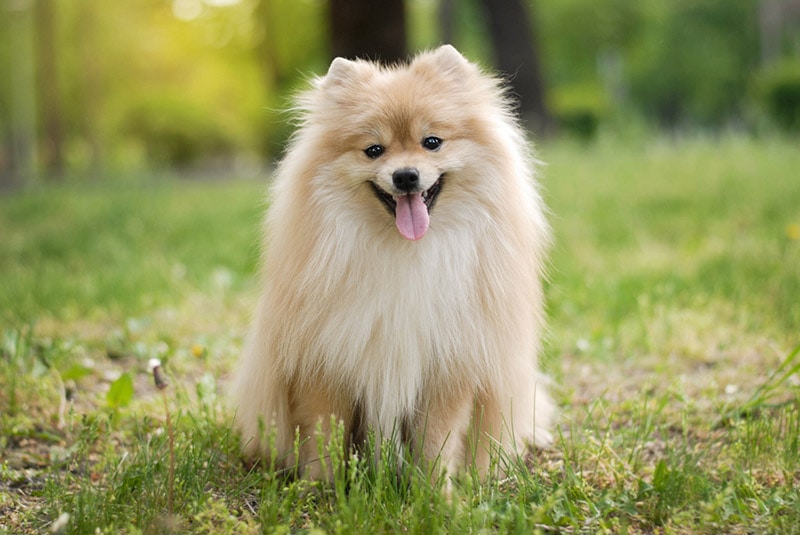
Why Do Some Pomeranians Live Longer Than Others?
While some Poms can live for up to two decades, some barely make it past five years. The reasons for this disparity lie in the dog’s lifestyles and genetics. Here’s a brief breakdown.
1. Nutrition
Unsurprisingly, dogs that enjoy a rich, balanced, and nutritious diet outlive those that don’t. A healthy diet consists of fresh food. A healthy mix of proteins, carbs, fiber, and vitamins. Top this off with lots of water, and you’ll have a happy and thriving furry companion for years to come.
Poms that feed predominantly on processed food usually have compromised life spans. That’s because the manufacturing process destroys the chemical structure of the nutrients, reducing the food’s nutritional value. Moreover, these foods contain non-nutritional and sometimes harmful chemicals like preservatives, artificial colors, and flavors. Some chemicals create a chemical imbalance in your dog, leading to behavioral and health complications.
2. Weight Management
Weight management is tied to nutrition because what and how frequently your pup eats determines how much it weighs. Did you know that more than 50% of dogs in the US are overweight?
Obese dogs have a greater risk of heart complications like hypertension and other diseases like diabetes and cancer. Obese dogs are also more prone to joint complications like osteoarthritis and dysplasia. This predisposition is because of the extra weight the dogs’ bodies exert on their joints.

3. Environment and Growth Conditions
The environment a Pomeranian lives in greatly determines how long it’ll live. Dogs that live indoors tend to outlive their counterparts who spend their lives outside. Outdoor-living dogs must survive extreme conditions like heavy rain, harsh winters, and intense heat. These conditions shorten the dog’s life expectancy. They’re also under a lot of stress from predatory creatures and other territorial dogs.
Dogs that live indoors enjoy air conditioning, proper mental stimulation, and protection from external threats. It’s no wonder they live longer.
4. Size
Smaller dogs generally live longer than larger ones. The larger the body, the more internal organs must work to sustain it. This also explains why large dogs are more prone to certain diseases. That said, sometimes the opposite is true. In confrontational situations, large dogs will easily trounce and kill smaller ones.
5. Sex
Female dogs live longer than male dogs but only by a small margin. However, spaying and neutering either gender will make the dogs live longer.

6. Breeding History
Contrary to popular thought, purebred dogs have a lower life expectancy than mixed breeds. This is because pure breeds miss out on hybrid vigor that extends the lifespans of their mixed counterparts.
7. Healthcare
Unsurprisingly, Poms that receive top-tier healthcare outlive those that receive subpar healthcare. Routine vet checkups, vaccinations, and prompt treatment help Pomeranians live longer. Without these, your canine’s lifespan is severely compromised.
The Life Stages of a Pomeranian
Pomeranians experience pretty dynamic growth from the moment they emerge from the womb. The dog’s life stages are as follows:
Newborn (1 to 6 weeks)
The newborn pups open their eyes by the second week to take in the outside world. They start weaning by the 4th week and walking by the 6th.
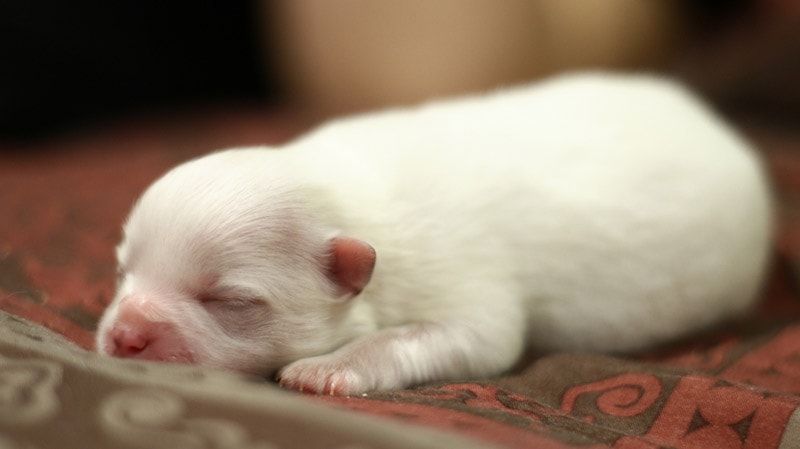
“New” Puppy Phase (8 to 12 weeks)
Here the puppies start exploring the world around them. They walk around but also nap frequently since they tire easily.
Puppy Phase (8 weeks to 1 year)
The puppies are fully developed and get into all sorts of trouble. They love to play and spend time with their mother.

Adult Phase (1 to 8 years)
The Pomeranian has developed into a fully-grown adult. Its body becomes stronger and more agile. It also has improved cognitive functions and can understand house rules as well as obey commands and perform tricks.
Senior Phase (8 years and older)
By the 8th or 9th year, the Pomeranian is a senior. Senior Poms have less energy, are slower, and require more frequent vet checkups. They’re also more susceptible to disease because of a weakened immune system.

 How to Tell Your Pomeranian’s Age?
How to Tell Your Pomeranian’s Age?
The most effective way of estimating your Pom’s age is by checking their teeth. Younger dogs have short, temporary teeth. On the other hand, older ones have sharper, stronger, and more permanent teeth. You can also check their size, coat, and eyes to learn more about their age. However, there’s no surefire way to accurately determine your canine’s age.
Conclusion
Unfortunately, our precious Pomeranians can’t stay with us for the rest of our lives. As such, ensure you make the most of your time with your Pomeranian. Visit the dog park, go for random walks, and even take them with you on vacation. Most importantly, take good care of your furry friend so they can live as long as you’d want them to.
Featured Image Credit: Anna Gorina, Shutterstock


 How to Tell Your Pomeranian’s Age?
How to Tell Your Pomeranian’s Age?
